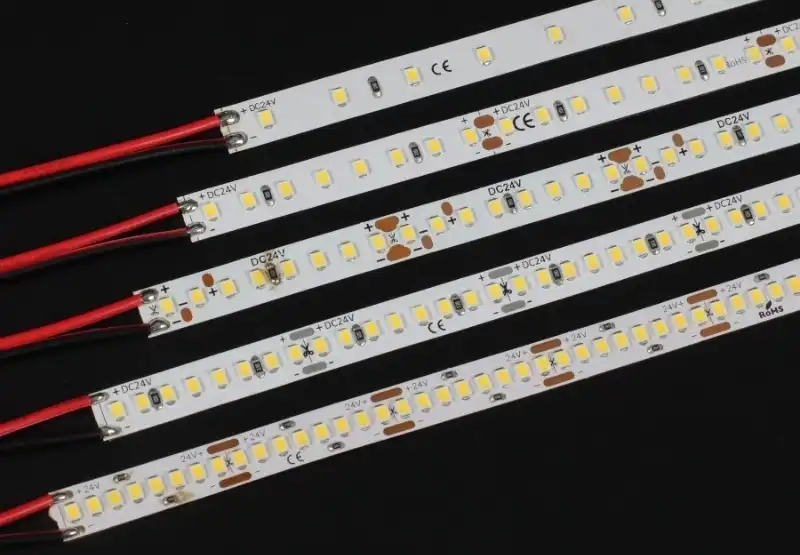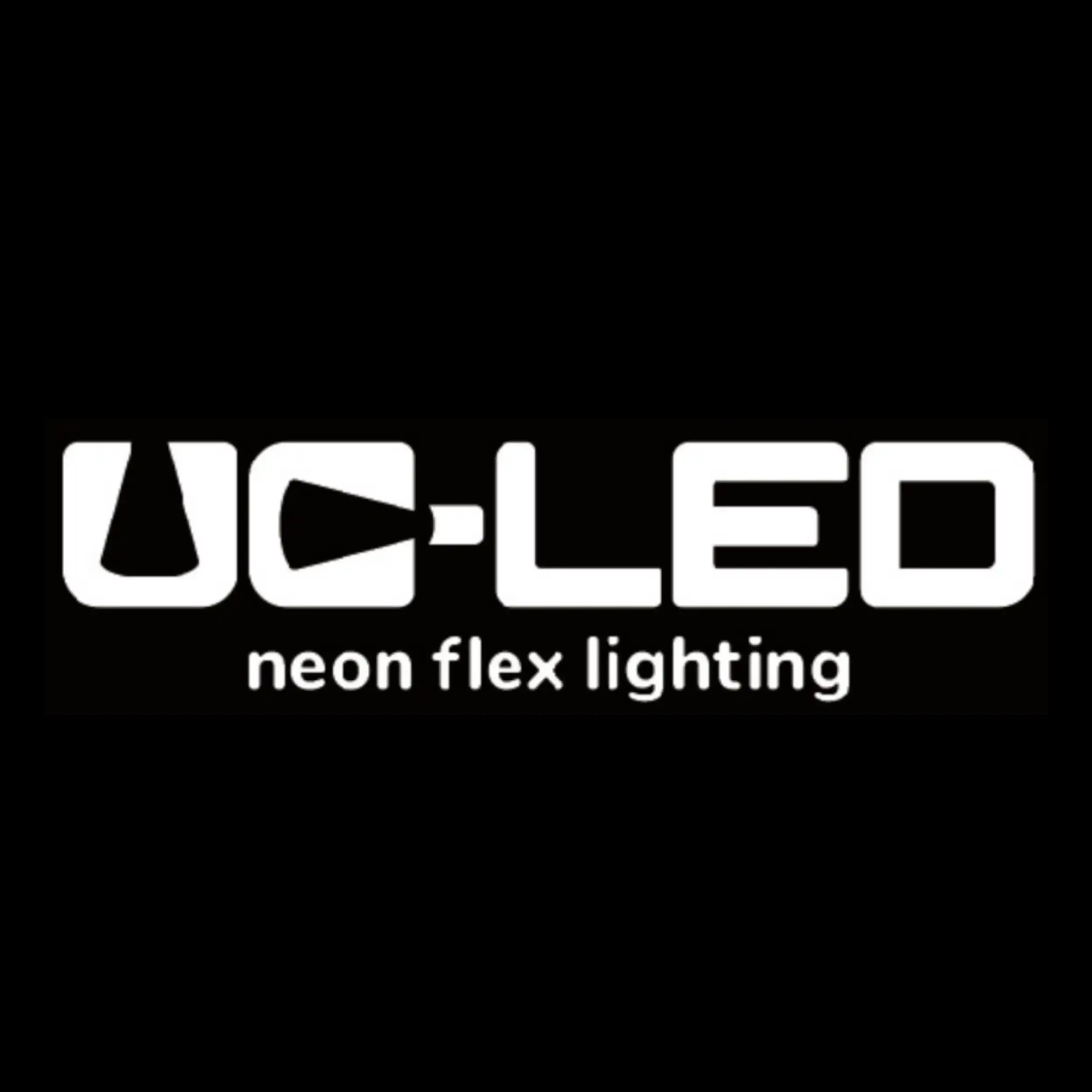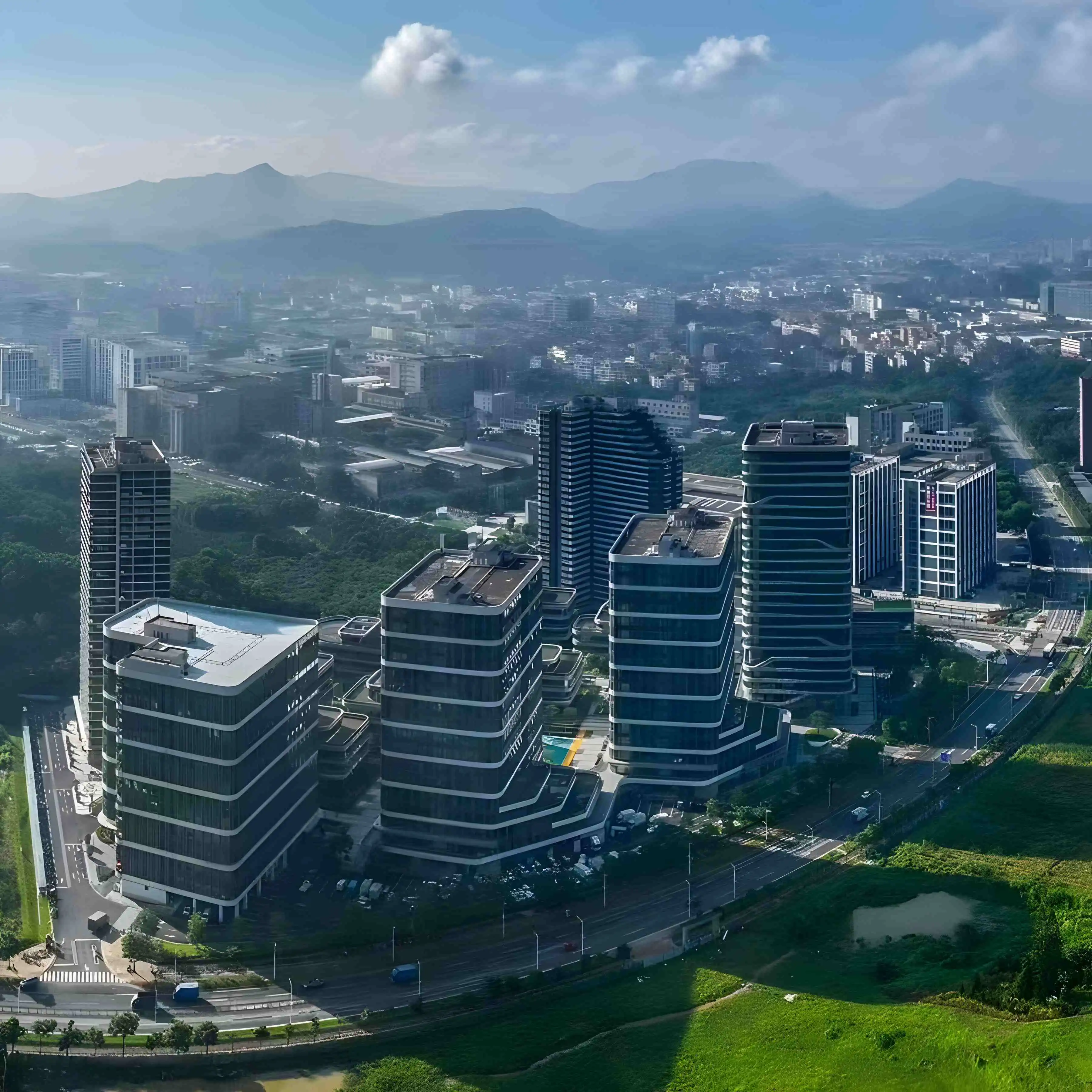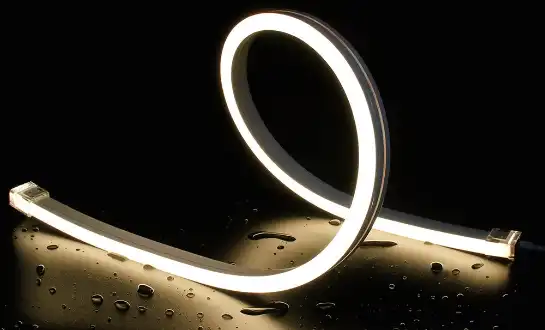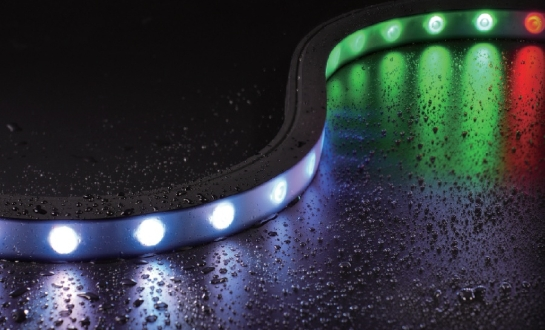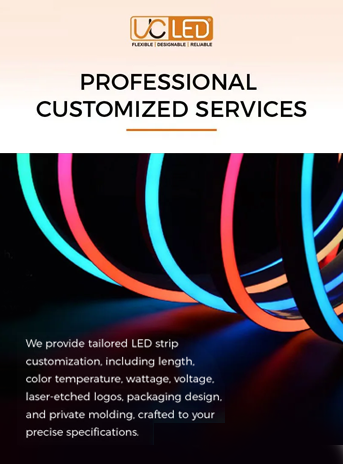Understanding High-Efficacy Flexible LED Strips
High-efficacy flexible LED strips represent a pinnacle in lighting technology, offering unparalleled energy efficiency and versatility. These advanced illumination solutions boast superior lumens per watt ratios, translating to brighter output with lower power consumption. The flexibility of these strips allows for seamless integration into various architectural elements, making them ideal for both residential and commercial applications.
The core advantage of high-efficacy LED strips lies in their ability to maximize light output while minimizing energy input. This efficiency is achieved through cutting-edge LED chip technology and optimized circuit design. As a result, these strips not only reduce electricity costs but also contribute to lower carbon footprints, aligning with modern sustainability goals.
Moreover, high-efficacy flexible LED strips offer exceptional color rendering capabilities. With options ranging from warm white to cool daylight and even RGB configurations, these strips can create diverse lighting atmospheres to suit any environment. Their long lifespan, often exceeding 50,000 hours, ensures a reliable and low-maintenance lighting solution for years to come.
Key Features of High-Efficacy Flexible LED Strips
High-efficacy flexible LED strips boast several distinguishing features that set them apart in the lighting industry. Their slim profile allows for discreet installation in tight spaces, while their flexibility enables creative applications on curved surfaces. Many models offer IP-rated protection against dust and moisture, expanding their usability to outdoor and humid environments.
Advanced thermal management systems in these strips ensure optimal heat dissipation, contributing to their longevity and consistent performance. Additionally, many high-efficacy LED strips are dimmable, providing users with precise control over light intensity to create the perfect ambiance for any occasion.

Principles of Effective Lighting Layout Design
Crafting an effective lighting layout with high-efficacy flexible LED strips requires a thoughtful approach that balances functionality, aesthetics, and energy efficiency. The first step in this process is to conduct a thorough analysis of the space and its intended use. This assessment should consider factors such as room dimensions, natural light sources, and the activities that will take place in the area.
Once the space analysis is complete, the next crucial step is to determine the desired lighting effects. This may include ambient lighting for general illumination, task lighting for specific work areas, and accent lighting to highlight architectural features or artwork. High-efficacy flexible LED strips excel in all these applications, offering the versatility to achieve multiple lighting goals within a single design.
When planning the layout, it's essential to consider the light distribution patterns of the LED strips. Factors such as mounting height, strip spacing, and the use of diffusers or reflectors can significantly impact the final lighting effect. By carefully calculating these elements, designers can ensure even illumination and avoid unwanted hot spots or shadows.
Layering Light for Optimal Results
The concept of layering light is fundamental to creating a well-balanced and visually appealing lighting design. This approach involves using different types of lighting to create depth and dimension within a space. High-efficacy flexible LED strips are particularly well-suited for this technique, as they can be easily integrated into various architectural elements to provide multiple layers of light.
For example, cove lighting using LED strips can provide soft, indirect illumination that enhances the overall ambiance of a room. Meanwhile, under-cabinet LED strips in a kitchen can offer focused task lighting for food preparation areas. Accent lighting can be achieved by installing LED strips behind floating shelves or along the edges of a feature wall, drawing attention to specific areas or objects.
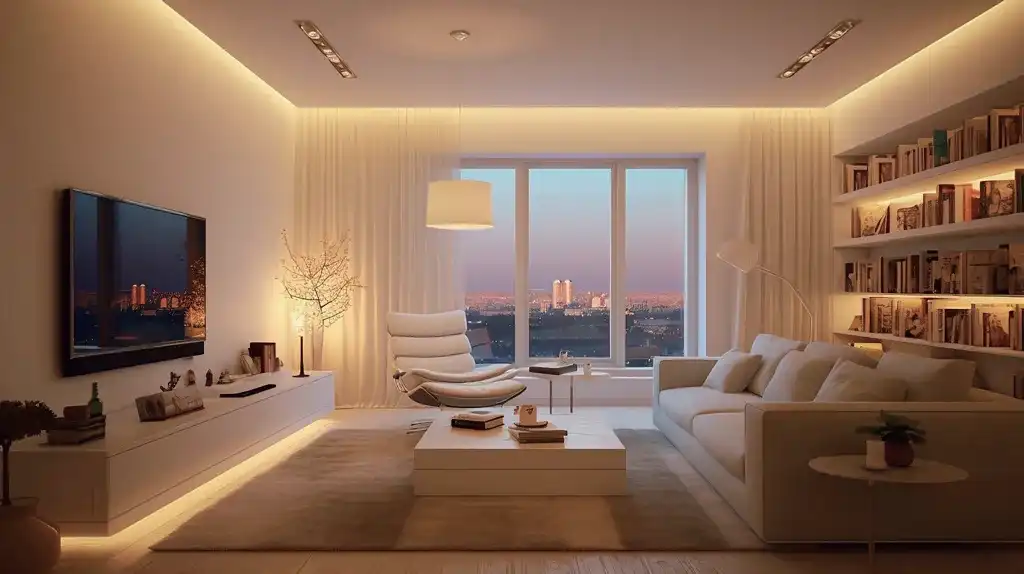
Implementation Strategies for High-Efficacy LED Strip Layouts
Implementing a lighting layout with high-efficacy flexible LED strips requires careful planning and execution. The first step is to create a detailed wiring diagram that outlines the placement of LED strips, power supplies, and any control systems. This diagram should account for voltage drop over long runs and ensure that each section of the layout receives adequate power.
When installing the LED strips, proper surface preparation is crucial. Ensure that all mounting surfaces are clean, dry, and free from dust or debris. For optimal adhesion, many professionals recommend using additional mounting clips or channels, especially for ceiling or wall applications where the strips will be exposed to gravity.
Power management is another critical aspect of implementation. Choose power supplies that can adequately handle the total wattage of your LED strip installation, with some headroom for future expansion. Consider using multiple power supplies for large installations to distribute the load and minimize voltage drop.
Integrating Smart Control Systems
To maximize the benefits of high-efficacy flexible LED strips, consider integrating smart control systems into your lighting layout. These systems can range from simple dimmer switches to sophisticated home automation platforms that allow for precise control over color temperature, intensity, and scheduling.
Smart controls not only enhance the user experience but also contribute to energy savings by ensuring lights are only on when needed and at the appropriate intensity. Some advanced systems even incorporate occupancy sensors and daylight harvesting capabilities, automatically adjusting the LED strips' output based on natural light levels and room occupancy.
Conclusion
Designing lighting layouts using high-efficiency LED strips offers a myriad of possibilities for creating energy-efficient, visually stunning environments. By understanding the unique properties of high-efficacy flexible LED strips and applying sound design principles, it's possible to achieve lighting solutions that are both functional and aesthetically pleasing. As the demand for sustainable lighting continues to grow, partnering with a reputable LED strip supplier or manufacturer becomes crucial. Choose a provider that offers not only high-quality products but also comprehensive support throughout the design and implementation process.
source: LED Light
FAQ
What is the typical lifespan of high-efficacy flexible LED strips?
High-quality LED strips can last up to 50,000 hours or more, depending on usage and environmental conditions.
Can high-efficacy LED strips be used outdoors?
Yes, many models are available with IP ratings suitable for outdoor use, but it's important to choose strips specifically designed for external applications.
How do I calculate the power supply needed for my LED strip layout?
Sum up the wattage of all LED strips in your layout and add a 20% buffer. Choose a power supply that meets or exceeds this total wattage.
Expert LED Strip Solutions | QUAN HE
QUAN HE Lighting Co., Ltd., established in 2015, is a leading manufacturer of premium linear lighting products, including high-efficacy flexible LED strips. Our state-of-the-art 5,000m² factory houses advanced SMT assembly lines and rigorous quality control processes. We offer expert OEM and ODM customization services, providing tailored lighting solutions to meet diverse project requirements. Trust our experienced R&D team and ISO-certified manufacturing facility to deliver innovative, high-quality LED products for your lighting needs. Contact us at Linda@uc-led.com to explore our factory-direct LED strip solutions.
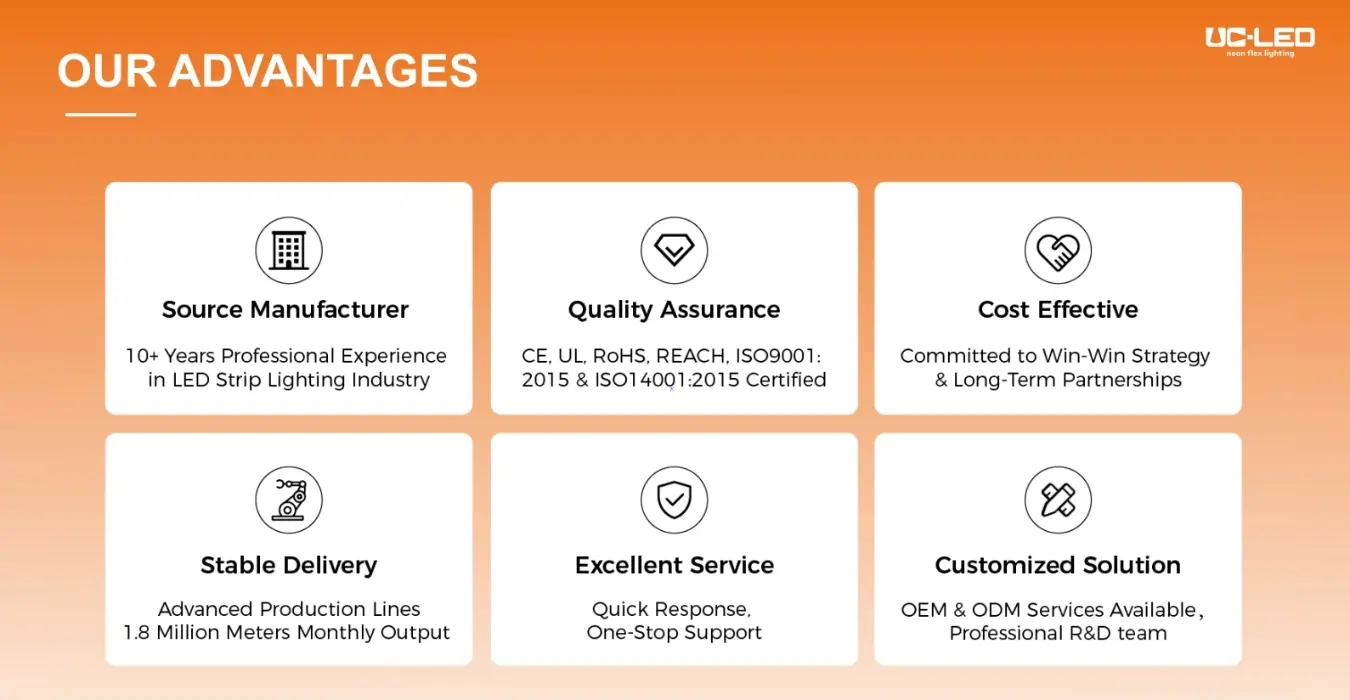
References
1. Smith, J. (2022). Advanced Techniques in LED Lighting Design. Illumination Engineering Society.
2. Johnson, A. et al. (2021). Energy Efficiency in Modern Lighting Systems. Journal of Sustainable Lighting, 15(3), 78-92.
3. Brown, R. (2023). The Impact of High-Efficacy LEDs on Architectural Lighting. Architectural Lighting Design Quarterly, 42(2), 112-125.
4. Davis, M. (2022). Smart Lighting Control Systems: Integration and Optimization. Building Automation Review, 18(4), 203-217.
5. Lee, S. & Park, K. (2023). Sustainable Lighting Solutions for Commercial Spaces. Green Building Technology, 7(1), 45-59.
